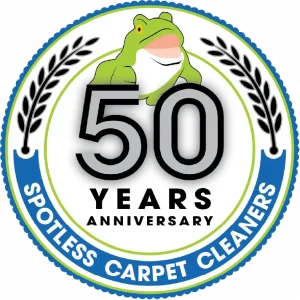Mold is basically a simple, microscopic organism that can grow virtually anywhere, especially in warm and moist environments. It can grow outside and, unfortunately, inside our homes. All kinds of mold need to be treated if found inside the home, but it is also important to know what types are most common due to the varying health effects they present. Here are the four types of mold most commonly found in homes.
Aspergillus
Aspergillus can be found indoors and outdoors. It grows in soil, rotting vegetables, household dust, and building materials. Most people breathe in Aspergillus fairly regularly without experiencing any symptoms, Respiratory symptoms usually occur with people who already have weakened immune symptoms or already present lung diseases.
Cladosporium
This type of mold differs from most other types of mold in that it can still grow in cool environments. It appears as small black or green dots with a somewhat powdery appearance. It is often found on the backs of toilet tanks, painted surfaces, and fiberglass ducts. It can also found on woodwork such as cabinets and floorboards. Exposure symptoms are usually skin rashes and asthma-like symptoms.
Penicillium
Penicillium is commonly found on materials that have been damaged by water. This can include carpeting, insulation, and furnishings. It can spread rather rapidly. This is why it is so important to have your home properly cleaned after a flood or other kinds of water damage. Exposure can cause allergic reactions, chronic sinus infections, and lung inflammation.
Stachybotrys
Stachybotrys, also known as toxic black mold, is the most concerning of common household molds. It can be recognized by its slimy black appearance. The mold itself is technically not toxic. It is the compounds, called mycotoxins, that are released from the mold that is detrimental to your health. It can cause chronic sinus infections, asthma attacks, fatigue, and even depression. It is commonly found under ceilings and behind walls making it hard to discover before ill-effects begin.
If you suspect mold in your home, don’t hesitate to contact us. We will help you identify what type it is and how to properly rid your house of the problem.

